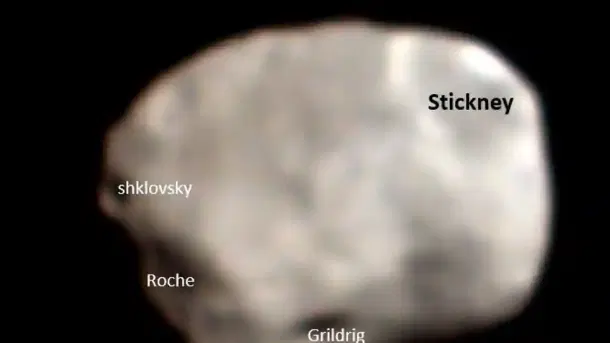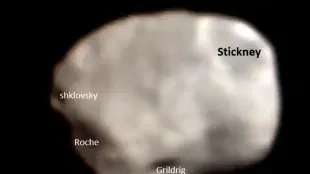Insta
ISRO's Mars Orbiter Mission Sends Back Image Of Red Planet's Biggest And Closest Moon Phobos
Swarajya Staff
Jul 04, 2020, 09:31 AM | Updated 09:31 AM IST
Save & read from anywhere!
Bookmark stories for easy access on any device or the Swarajya app.


In a significant scientific development for the global space research community, the Mars Colour Camera (MCC) onboard Indian Space Research Organisation (ISRO)'s Mars Orbiter Mission has beamed back the pictures of Mars' closest and biggest moon Phobos, reports Economic Times.
The Mars Orbiter Mission (MOM) took the image on 1 July when it was 7,200 kilometres away from Mars and 4,200 kilometres from Phobos.
"Spatial resolution of the image is 210 m.This is a composite image generated from 6 MCC frames and has been color corrected," ISRO said in a statement.
The image clearly shows Stickney, and other craters on Phobos named Shklovsky, Roche and Grildrig. It should be noted that Stickney is the largest crater on Phobos.
"Phobos is largely believed to be made up of carbonaceous chondrites. The violent phase that Phobos has encountered is seen in the large section gouged out from a past collision (Stickney crater) and bouncing ejecta," ISRO said.
What makes the development even more remarkable is the fact that MOM was supposed to last in service only for a span of six months, while, it continues to be in service even today. It was successfully placed in Mars' orbit on 24 September 2014.
The Rs 450-crore MOM mission aims at studying the Martian surface and mineral composition as well as scan its atmosphere for methane (an indicator of life on Mars).





